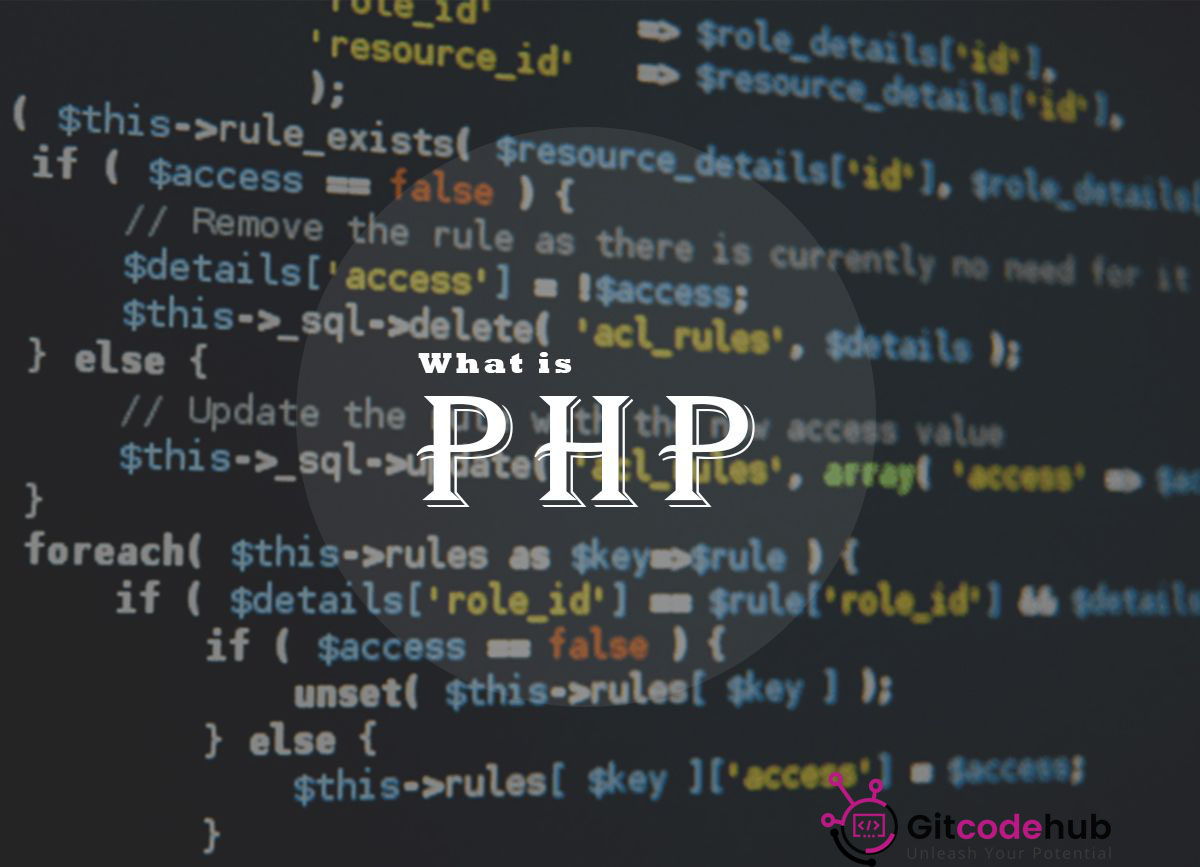PHP, or Hypertext Preprocessor, is a popular server-side scripting language used to build dynamic and interactive web applications. As one of the foundational technologies of the web, PHP powers millions of websites, from small blogs to large enterprise applications. In this blog post, we’ll introduce you to PHP, explore its key features, and guide you through the basics of getting started with this powerful language.
What is PHP?
PHP is a server-side scripting language designed for web development. It is embedded within HTML and executed on the server, allowing developers to create dynamic content that can interact with databases, handle user input, and generate web pages on the fly. PHP is known for its simplicity, flexibility, and wide adoption, making it an excellent choice for both beginners and experienced developers.
Key Features of PHP
- Ease of Use: PHP is easy to learn and use, with a syntax similar to other popular programming languages, such as C and JavaScript. Its straightforward approach makes it accessible to beginners.
- Open Source: PHP is open-source software, meaning it’s free to use and has a large community of developers contributing to its development and support.
- Cross-Platform Compatibility: PHP runs on various platforms, including Windows, Linux, and macOS, making it versatile and widely supported.
- Database Integration: PHP supports various databases, including MySQL, PostgreSQL, and SQLite, enabling developers to create data-driven applications.
- Extensive Library Support: PHP has a rich set of built-in functions and extensions that simplify tasks such as file handling, image processing, and data encryption.
Basic PHP Syntax
PHP code is embedded within HTML using <?php ... ?> tags. Here’s a simple example:

- Variables: Declare variables using the
$symbol, followed by the variable name. - Functions: Define reusable blocks of code using the
functionkeyword. - Control Structures: Use
if,else,for,while, andswitchstatements to control the flow of your code. - Arrays: Store collections of data using indexed or associative arrays.
Getting Started with PHP
- Set Up Your Development Environment: Install a web server like Apache or Nginx, along with PHP and a database server like MySQL. You can use packages like XAMPP, WAMP, or MAMP for an all-in-one solution.
- Learn the Basics: Familiarize yourself with PHP syntax, variables, functions, and control structures.
- Build Simple Projects: Start with small projects, such as contact forms, guestbooks, or simple content management systems, to apply your knowledge.
- Explore PHP Frameworks: Once you’re comfortable with the basics, explore PHP frameworks like Laravel, Symfony, or CodeIgniter to streamline development and implement best practices.
- Connect to Databases: Learn how to interact with databases using PHP to create data-driven applications.
Conclusion
PHP remains a powerful and versatile language for web development, offering the tools and features needed to create dynamic and interactive web applications. By mastering PHP, you can build robust and scalable websites, handle complex server-side logic, and enhance user experiences.
Explore GitCodeHub for more tutorials, resources, and tips on PHP and web development. Start coding with PHP today and unlock the potential of server-side scripting!


